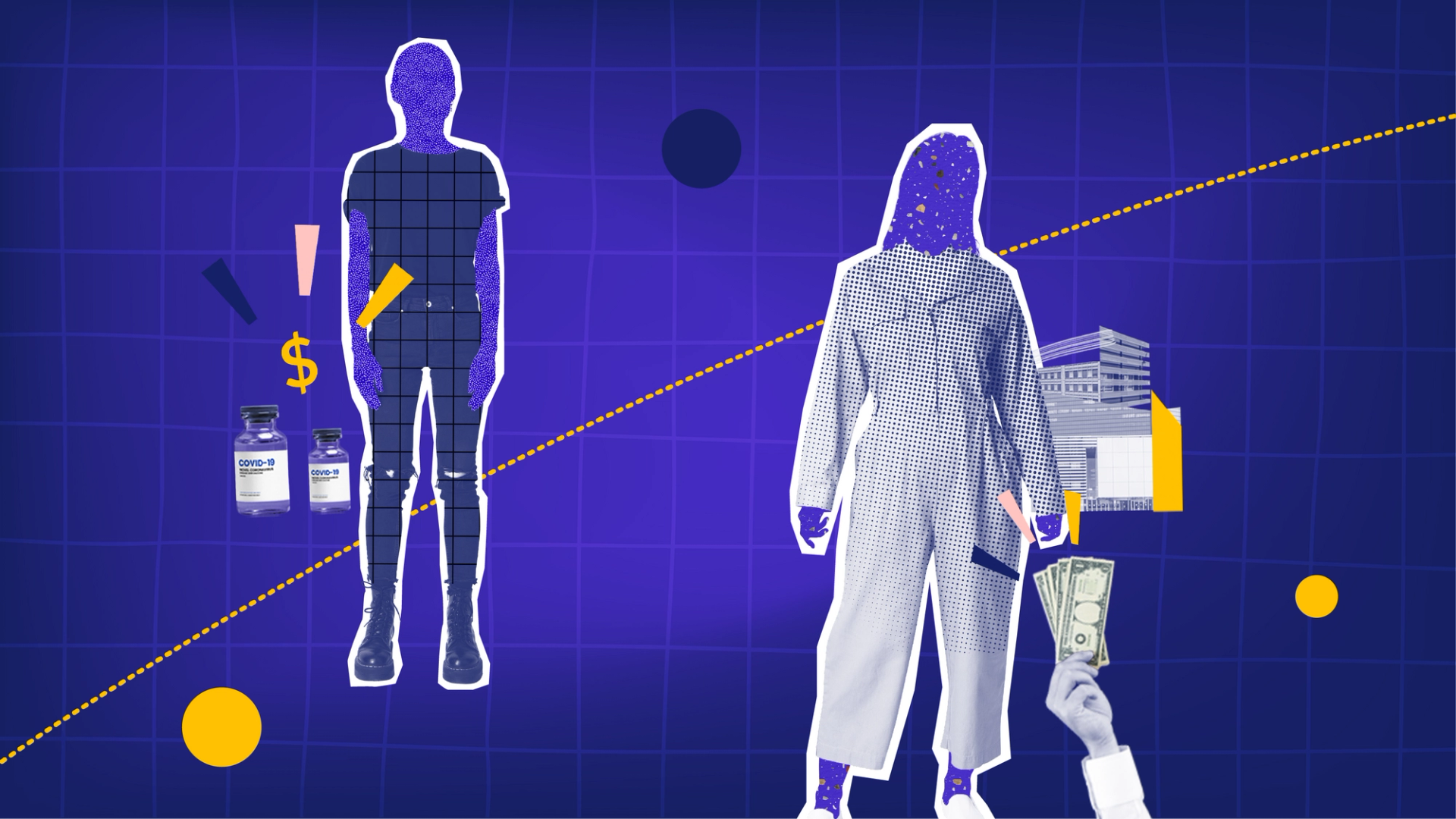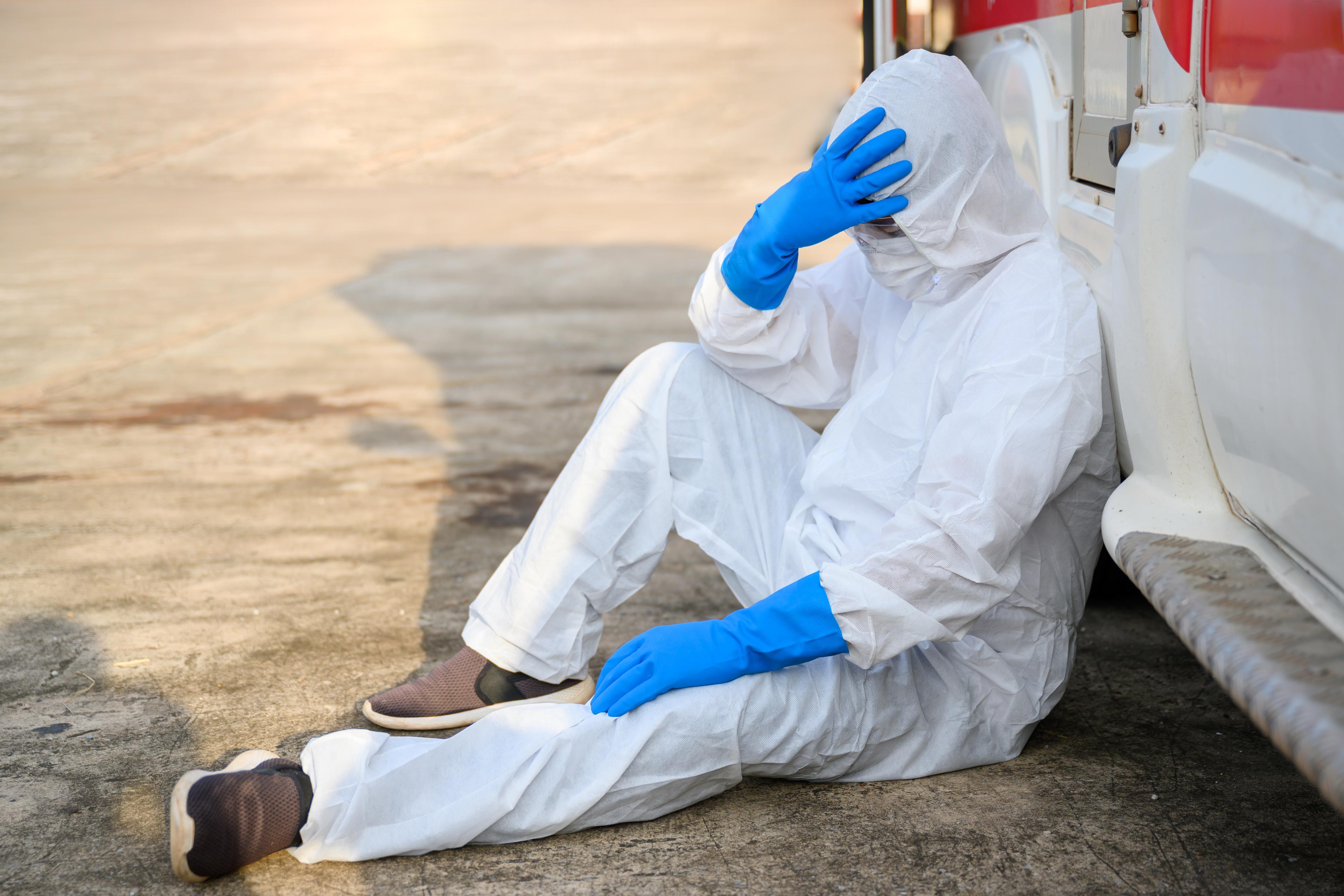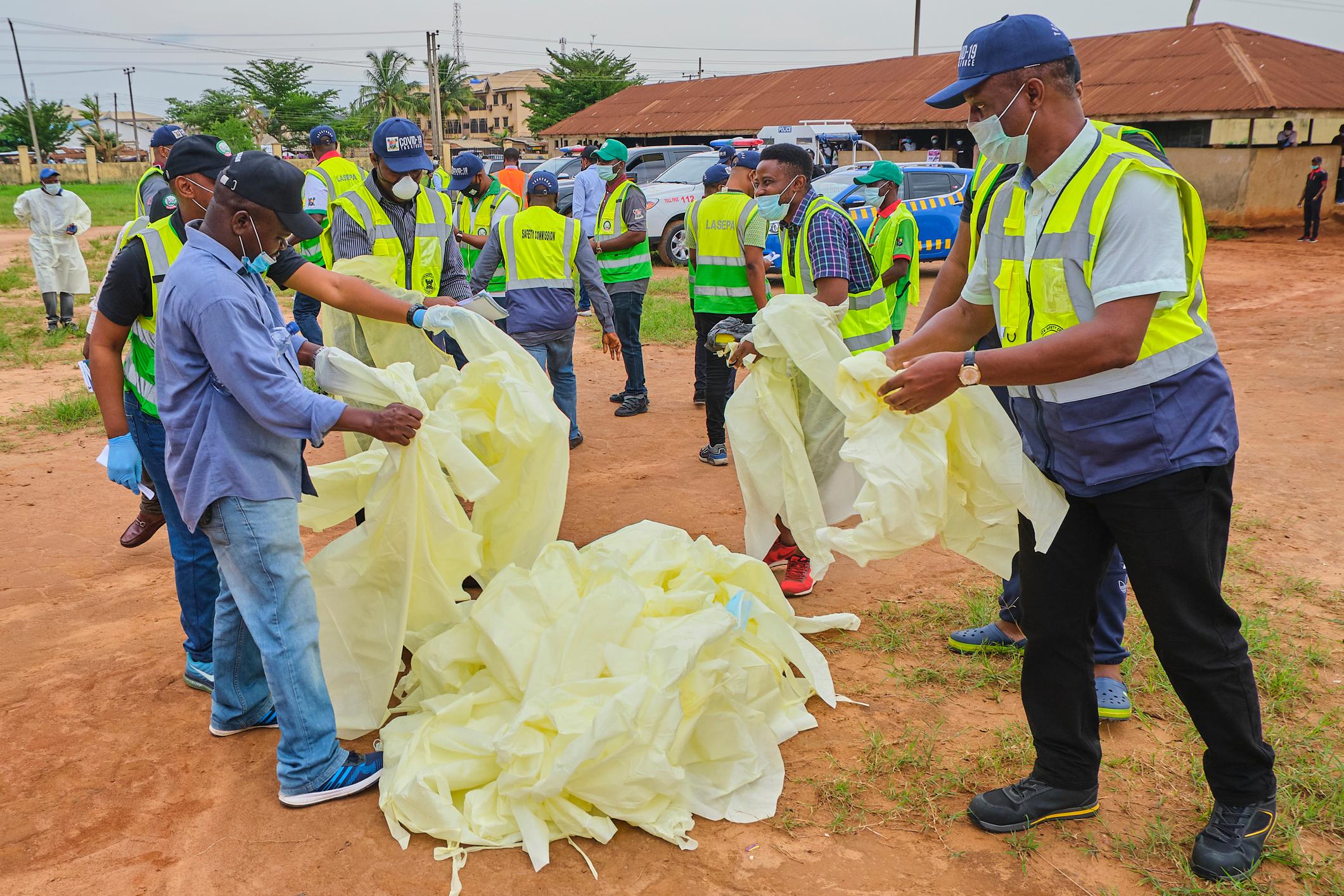Blog
Logistics in health emergencies: dealing with fraud and corruption risks across supply chains (Part 3 of 3)

Corruption risks across supply chains increase during emergencies
Ultimately, any emergency response is only as good as the logistics and supply chains that deliver it. Corruption wastes funds; endangers the users of medical equipment and supplies; reduces the quality of care provided; and undermines public trust and compliance with the emergency response.
In a health emergency response, operational support, logistics, and supply chains must rapidly adapt to changing demands, and this creates new opportunities for corruption. At the start of the Covid-19 pandemic, the mismatch between global demand for PPE versus its limited supply gave room for unscrupulous actors to engage in price gouging, fraudulent procurement contracts, undue influence, and proliferation of substandard and falsified products. These manifestations of corruption put people’s health at risk, including the well-being of healthcare professionals at the front lines of the Covid-19 response.
U4’s research outlines several approaches to identify and mitigate fraud and corruption risk within operational support, logistics and emergency supply chains (Pillar 8), in a range of different contexts.
Pillar 8, like Pillar 1, plays a cross-cutting role: because it is all about forecasting, obtaining, and allocating resources, it underpins essential work across the other pillars. This means that corruption risks in operations and supply chains will impact other parts of the emergency response.
Putting Pillar 8 into practice: what can go wrong?
All levels of a national response are involved in this pillar, including national, regional, and local administrations. Covid-19 supply chains typically needed diverse expertise from both public and private sectors, with medical and supply-chain professionals collaborating to specify what is required, and how it must be made, packaged, transported, stored, and delivered. Providers and manufacturers – new and existing – need to be found and contracted.
Our research synthesises a wide range of private sector and national government experiences to show how procurement processes, operational decisions, and logistics can be subverted for corrupt ends. It also uses real-world examples to offer recommendations for policy and practice to identify and reduce these risks.
The need for speed gave procurement managers and vendors new opportunities for corruption. For example, in places where procurement rules were bypassed, procurement managers could easily manipulate the bidding procedures and influence outcomes to favour vendors they had well-established connections with. This also contributed to the proliferation of substandard and falsified medical products.
The pandemic also tilted the balance of power in favour of manufacturers and providers of scarce medical products and equipment, reducing national governments’ bargaining power. For example, PPE providers could collude to agree to quote inflated prices, thereby earning a profit at the expense of national health budgets. One reason for this power asymmetry is the persistent lack of transparency between providers and buyers of medical products. For example, the non-disclosure agreements of vaccine contracts resulted in several low- and middle-income nations paying inflated prices for the Covid-19 vaccine. This opacity contributed to unfair access and distribution of Covid-19 vaccines.
Digital procurement and logistics systems are often regarded as safer systems during emergencies. While they can reduce some risks in supply chains by enabling more effective verification processes, data manipulation, data misuse, and fraudulent cyberattacks are reported to be common. For example, cyberattacks and ‘social engineering’ are common corruption risks in digital procurement processes. They often involve the use of fake email addresses, phone numbers, social media profiles, and websites, and victims either don’t receive what they’ve ordered, or receive falsified goods. For example, a Ministry of Health may receive an offer for a supply of Covid-19 vaccines. The offer comes via email or phone, from someone claiming to represent a vaccine manufacturer or their agent. However, once the payment is made, no vaccines are delivered.
The recommendations below aim to mitigate these risks (Table 1).
A checklist of ‘red flags’ for corruption
Here are a few questions to ask of any supply chain or logistics response:
|
Red flag – questions to ask |
Y/N |
What does this question reveal? |
|
Procedures |
||
|
Are procurement and stock management properly documented? |
|
A lack of documentation can make it easy to conceal fraud. |
|
Do policies exist governing ethical behaviour (conflicts of interest, conduct, etc)? |
|
Policies set the legal framework and ‘tone’ for individual and institutional behaviour. |
|
Are vetting and due diligence carried out on potential vendors? |
|
Failure to properly examine potential partners can lead to problems. |
|
Vendors |
||
|
Are companies established, experienced and relevant in the relevant field? |
|
New and inexperienced companies, tendering in a new category, should raise a red flag for fraud. |
|
Is there good competition among vendors? |
|
A lack of competition could indicate several issues, including poor contracting processes on one side, or collusion on the other. |
|
Bids and contracts |
||
|
Are bids properly published, and do deadlines and terms remain fixed? |
|
Bids must be made public, and contract terms should not shift without good reason. |
|
Is material testing and verification carried out independently, and properly documented? |
|
Independence is crucial for those verifying materials in any response. |
|
Are contracts for similar goods/services awarded to different vendors over time? |
|
Continual reliance on a single vendor could be a flag for corruption. |
|
Are private contacts between vendors and decision-makers banned or disclosed? |
|
Proper processes can make collusion between vendors and decision-makers more difficult.
|
Politics, corruption, and health systems beyond Covid-19
Corruption is a ubiquitous challenge to the health sector. The diversity in actors, large budgets, information asymmetry, system fragmentation, and globalised but uncoordinated supply chains for medical products, vaccines, and technologies make the health system particularly vulnerable to corruption. The political and governance context can also influence how corruption manifests, and how it is addressed. Nonetheless, our research has shown several commonalities in fraud and corruption red flags across health systems during emergencies.
In this three-blog series, we have described these red flags, and recommended corruption mitigation strategies across all 10 pillars of the Covid-19 response plan. We hope this information, including the blogs’ checklists, can be useful tools to integrate anti-corruption into future health emergency response plans.
Disclaimer
All views in this text are the author(s)’, and may differ from the U4 partner agencies’ policies.
This work is licenced under a Creative Commons Attribution-NonCommercial-NoDerivatives 4.0 International licence (CC BY-NC-ND 4.0)


